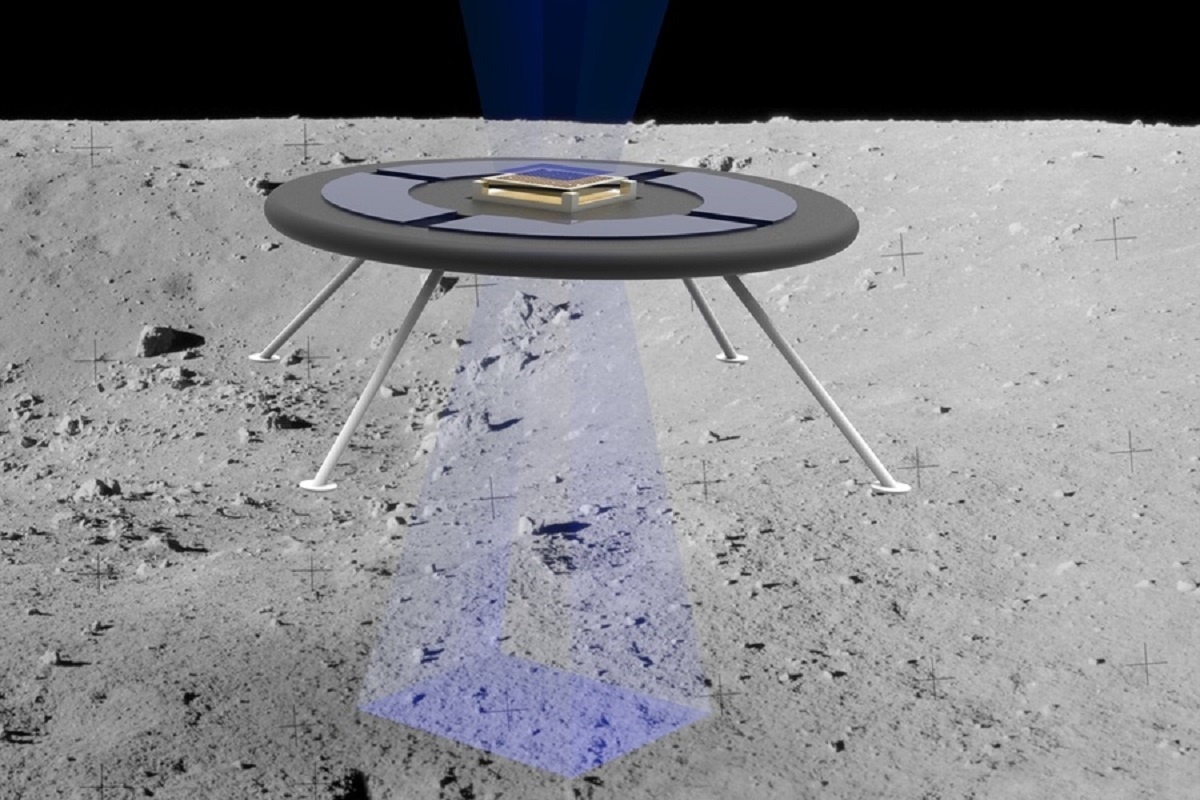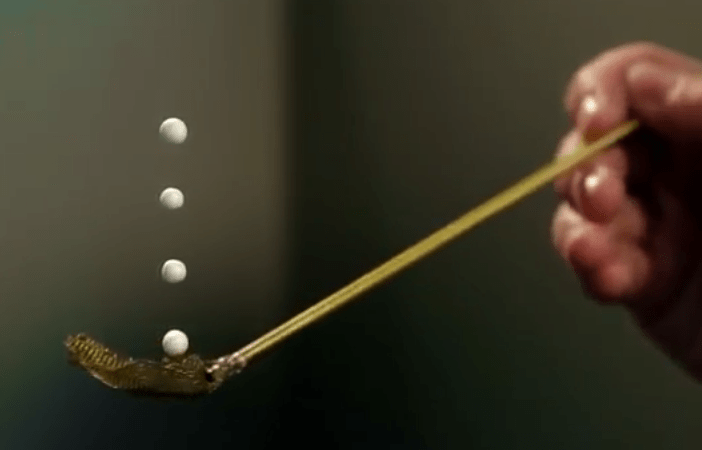Let’s not sugarcoat it. Exploring the Moon is not for the faint of heart! It’s an airless body, which means there is no atmosphere, the surface temperatures are extreme, and there’s lots of radiation. The low gravity also means you can never really walk on the surface and have to bounce around in a bulky spacesuit until you fall over. And you can bet your bottom dollar people will make a supercut of the footage someday (see below). Then there’s that awful moondust (aka. lunar regolith), which is electrostatically charged and sticks to EVERYTHING!
Looking to take advantage of this, researchers from the Massachusetts Institute of Technology (MIT) began testing a new concept for a hovering rover that harnesses the Moon’s natural charge to levitate across the surface. On the Moon, this surface charge is strong enough to levitate moon dust more than 1 meter (3.3 ft) above the surface. With support from NASA, this research could lead to a new type of robotic exploration vehicle that will help astronauts explore the Moon in the coming years.
Continue reading “The Surface of the Moon is Electrically Charged, Which Could Allow a Hovering Robot to Explore it”

